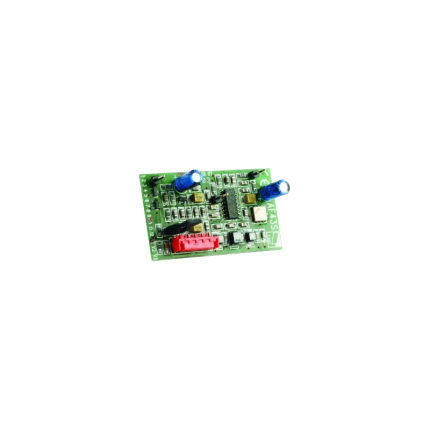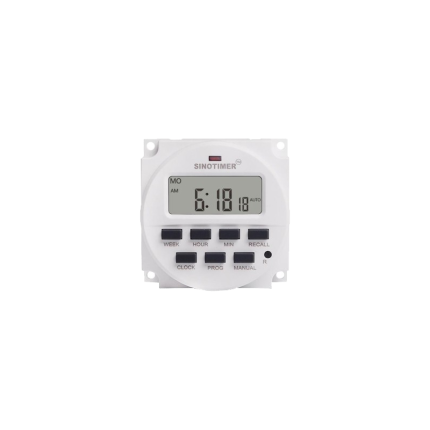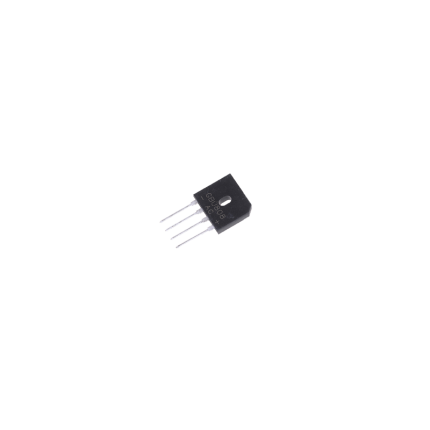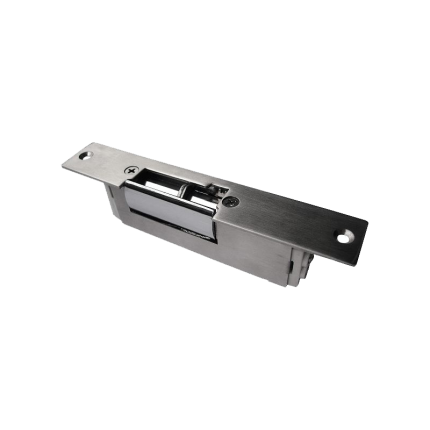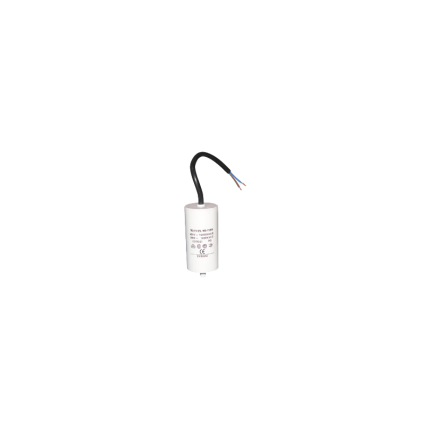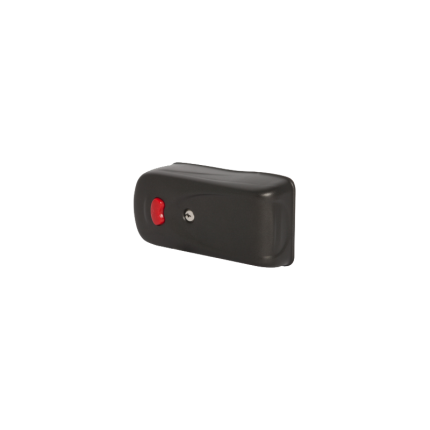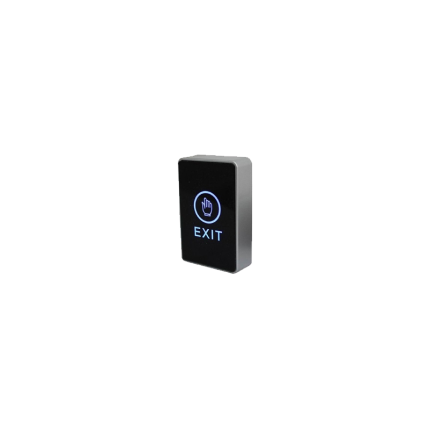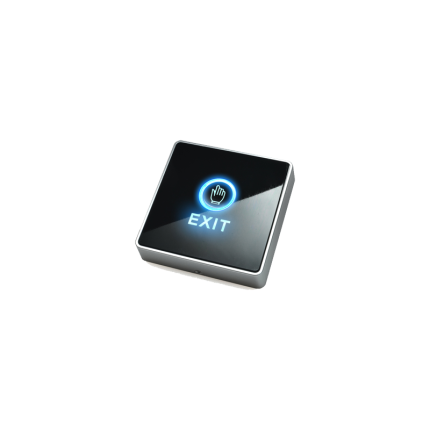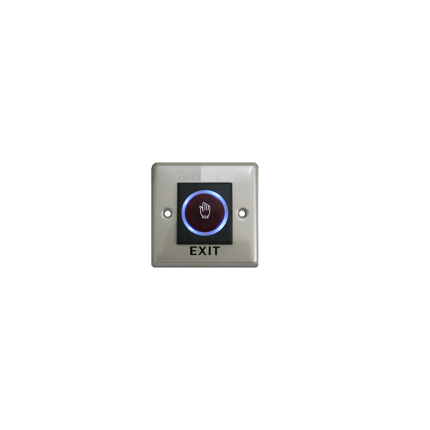Accessories
Diode Bridge GBU808
Ship or pick up from our office.
Diode Bridge GBU808
*8A *800V *Single Phase *Rectifier IC ChipDoor Strike Lock
Ship or pick up from our office.
Door Strike Lock
An electric strike is an electromechanical lock release device that replaces a standard door strike plate.
It allows a door to be opened remotely, typically via an access control system, without manually retracting the latch. When activated, the electric strike releases the latch, enabling the door to be opened.
Here's a more detailed explanation:
Functionality:
-
Replaces Standard Strike:Electric strikes are installed in the door frame, taking the place of the standard strike plate.
-
Remote Release:They are designed to work with various access control systems, such as keypads, card readers, or intercoms.
-
Activation:When an authorized signal is received (e.g., a code is entered, a card is swiped), the electric strike releases the latch, allowing the door to be opened.
-
Fail-Safe or Fail-Secure:Electric strikes can be configured in either a fail-safe or fail-secure mode.
- Fail-safe: In this mode, the door unlocks when power is lost, making it suitable for safety applications where access is needed during power outages.
- Fail-secure: In this mode, the door remains locked when power is lost, requiring power to unlock, making it suitable for high-security applications.
- Fail-safe: In this mode, the door unlocks when power is lost, making it suitable for safety applications where access is needed during power outages.
How it Works:
- The electric strike contains a solenoid, which is an electromagnet.
- When the solenoid is activated by an electrical signal, it moves a component (like an armature) that allows the latch to move freely.
- This movement releases the door, allowing it to be opened.
Key Differences from Other Locks:
-
Electric vs. Magnetic Locks:Unlike magnetic locks, which use powerful magnets to hold the door closed, electric strikes release the latch mechanism.
-
Remote Access:Electric strikes offer remote access control, allowing doors to be unlocked without manual intervention.
-
Versatility:They can be used with various locking mechanisms, including cylindrical, mortise, and rim exit devices.
Common Applications:
-
Access Control:Electric strikes are a core component of access control systems in commercial and residential settings.
-
Security:They provide a higher level of security compared to standard locks, especially when used with fail-secure configurations.
-
Safety:In fail-safe configurations, they ensure safe egress during emergencies.
-
Specific Areas:They are commonly found in reception areas, daycare centers, and other locations where controlled access is needed.
Driveway gate operator’s capacitor – Swing/Sliding gate openers
Driveway gate operator’s capacitor – Swing/Sliding gate openers
Electric Rim Lock RGEL1093
Ship or pick up from our office.
Electric Rim Lock RGEL1093
*Capacity: 2000 Kg *DC 12 V *15 W (5 x release keys are included) This is a heavy-duty electric lock that holds the gate closed. The lock latches strongly to the hook and prevents the gate to be opened by wind or intruders. It will release automatically before the arms start moving. There are five keys in the package for unlocking during power outages. Free installation session is provided in our office. Watch previous project videos on our YouTube channel.- Heavy Duty
- High Security
- Quiet Operation
- Compatible with single and double swing gates
- Keeps full privacy gates in place in windy weather
The RGEL1093 is a heavy-duty electric rim lock designed for gates. It latches securely to prevent opening by wind or intruders and releases automatically before gate movement. The lock includes five keys for manual unlocking during power outages.
Here's a more detailed breakdown:
-
Function:The RGEL1093 is a surface-mounted lock that provides a secure latch for gates.
-
Security:It is designed to withstand strong winds and prevent unauthorized entry.
-
Automatic Release:The lock releases automatically as the gate's opening mechanism starts to move.
-
Power Outages:The inclusion of five keys allows for manual operation when power is unavailable.
-
Installation:It's a rim lock, meaning it's mounted on the surface of the gate, rather than being mortise-set into the edge.
-
Typical Use:Electric rim locks are often used in conjunction with access control systems (like intercoms or keypads) for residential and commercial applications.

